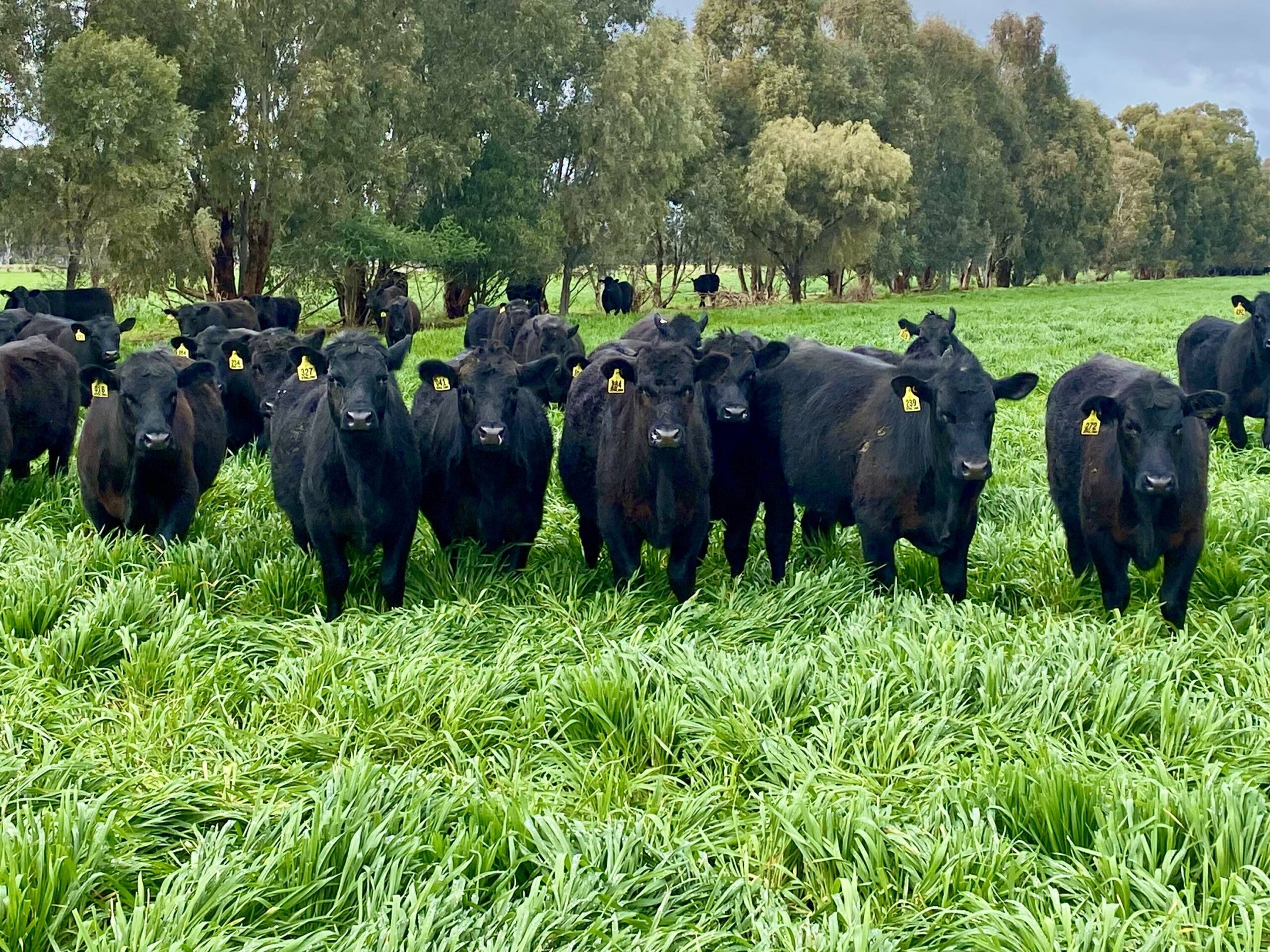Taking a Landscape Approach – Jemalong Station
About
Jemalong Station, which is located close to Forbes in western New South Wales, Australia was purchased by New Agriculture’s managed asset Lawson Grains in 2023. Jemalong Station has historically been traditionally farmed without any meaningful conservation or sustainable farming techniques.
Key Initiatives
Soil Carbon
New Agriculture worked with Lawson Grains to apply best management practices such as soil amelioration, minimum tillage, stubbled retention, controlled traffic farming and variable rate technology, which should see an increase in soil carbon over the next two decades.
Lawson Grains has registered a carbon project on Jemalong Station for 9,100ha across 13 project areas. While any of the practices mentioned above could have qualified as a change in practice, the practice chosen was due to the ease in which the practice can be audited: Applying nutrients to the land to address a material deficiency.
Biodiversity
The New Agriculture team is currently investigating the requirement for a Biodiversity Development Assessment Report, which the local council will likely require for the intended clearing of some isolated paddock trees at Jemalong Station.
The clearing of isolated paddock trees enables more efficient cropping operations, and those trees will be replaced by plantings of native trees in biodiversity corridors and shelter belts which provide greater biodiversity benefits than isolated trees.
Impact
Higher organic soil carbon offers numerous benefits for both the environment and agricultural productivity.
Improved Soil health: Organic carbon enhances soil structure, promoting better aeration and water infiltration leading to healthier root systems and more robust plant growth.
Increased Water Retention: Soils rich in organic carbon can hold more water, reducing the need for frequent irrigation and helping plants to withstand period of limited rainfall.
Enhanced Nutrient availability: Organic carbon improves the soil’s ability to retain and supply essential nutrients to plants, often leading to higher crop yields and better-quality produce.
Erosion Control: Improved soil structure from higher organic carbon reduces erosion, maintaining soil fertility and preventing the loss of valuable topsoil.
Sequestration: By storing carbon in the soil, higher organic carbon levels help mitigate climate change by reducing the amount of carbon dioxide in the atmosphere.
In turn this increases the farm’s ability to cope with the natural risks of farming such as drought and flood.
Statistics
Lawson Grains expects the soil carbon project to generate approximately 323,000 ACCU’s (Australian Carbon credit Units) over 20 years, estimated on the basis of an increase in the organic carbon in the top 30cm from 1.0% to 1.3%.
First credits will be issued in 2029 following an audit.
#newagriculture #soilcarbon #biodiversity #regernerativeagriculture

 " />
" />

